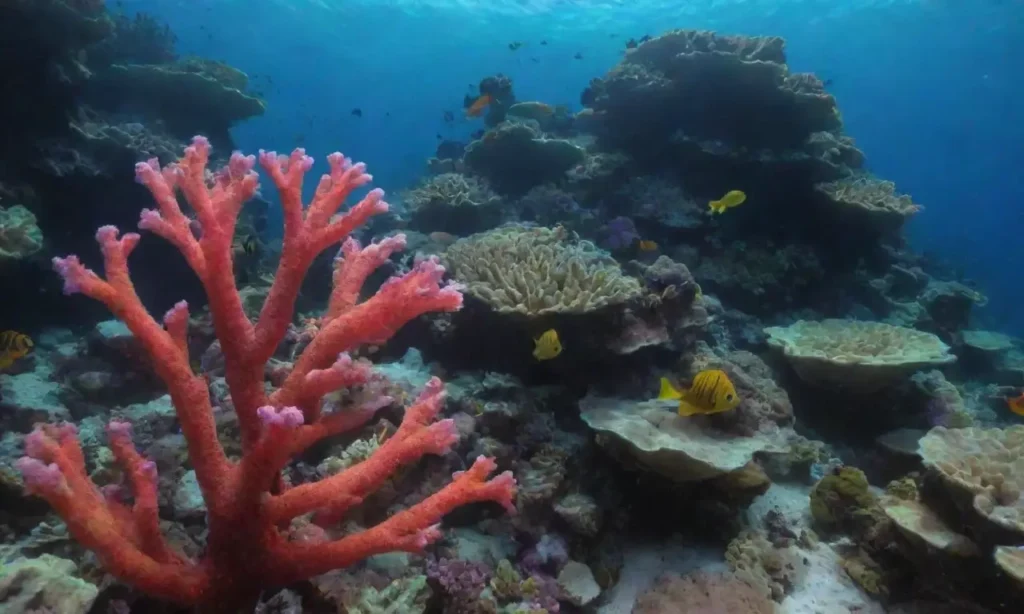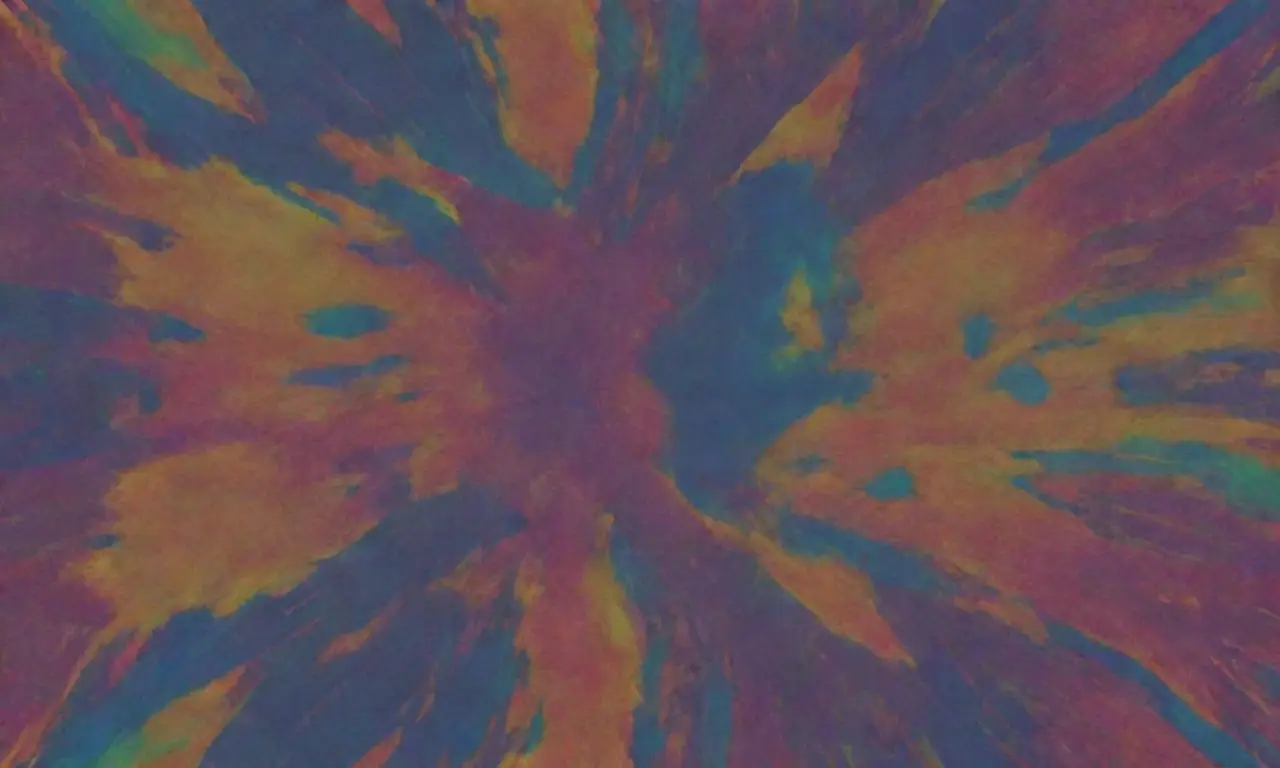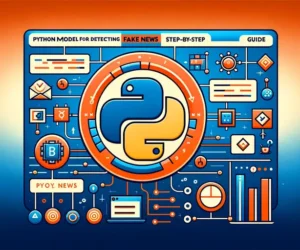
Diving into the World of AI: Enhancing Art with Algorithms

Introduction
The intersection of art and technology has always been a fertile ground for innovation, creativity, and exploration. As we delve deeper into the 21st century, one of the most fascinating developments in this realm is the advent of artificial intelligence (AI). AI is reshaping how we create, perceive, and engage with art, propelling us into a new era where algorithms and creativity merge. This technological advancement offers both opportunities and challenges, prompting artists, critics, and technologists to rethink the role of the creator and the creation itself.
In this article, we will explore the multifaceted relationship between AI and art. We will examine how AI algorithms are not only generating artworks but also enhancing traditional artistic processes. By highlighting specific examples, discussing implications on creativity and authorship, and considering the broader societal impact, we'll discover the immense potential and the pressing questions that arise in this fascinating intersection.
The Mechanics of AI in Art Creation
Artificial intelligence has fundamentally transformed the way art is created and experienced. At its core, AI in art harnesses machine learning algorithms trained on extensive datasets comprising previous artworks, styles, and techniques. These algorithms, through processes like deep learning, can analyze and recognize patterns, providing insights into the creative elements of various art forms.
One of the most notable types of AI utilized in art generation is the Generative Adversarial Network (GAN). A GAN consists of two neural networks—the generator and the discriminator. The generator creates new images by learning from labeled input data, while the discriminator assesses whether the generated images are authentic, refining the generator's output until it creates compelling art. This feedback loop mimics human artistic trial and error, paving the way for incredibly lifelike and nuanced creations.
Text-to-Image Synthesis: Turning Ideas into Visual Art with AIMoreover, AI tools can also assist traditional artists in overcoming creative blocks. For instance, tools like DeepArt and Artbreeder allow artists to input basic designs and refine them using AI suggestions, significantly enhancing their creative workflow. Artists are empowered to experiment with unprecedented styles and complexities, all while maintaining control over the final product. This collaboration between human creativity and machine intelligence represents a more profound impact than simple automation—it embodies a symbiotic relationship that allows for exploration into new art forms.
AI as a Collaborator in Artistic Expression
Traditionally, art has been perceived as a deeply human-centric endeavor, a unique expression of individual emotion, cultural background, and personal experience. However, the rise of AI is challenging this paradigm by presenting machines as potential collaborators rather than mere tools. This raises significant questions about authorship, creativity, and the very nature of art itself.
With AI's ability to analyze countless styles and to synthesize novel outputs, artists can leverage these technologies to push their creative boundaries. For example, renowned artist Refik Anadol creates installations utilizing data-driven design techniques where AI processes vast amounts of data, translating it into immersive visual experiences. Anadol's work challenges audiences to reconsider what it means to "author" an artwork: Is the artist simply a curator? Or does the algorithm itself play a role in the creative process?
These collaborative efforts result in artworks that are not solely reflective of a singular vision but are rather indicative of a broader conversation between human ingenuity and computational creativity. They create a dialogue that emphasizes the complementary strengths of both artists and AI. By enabling artists to explore previously unimaginable realms of creativity, AI also emboldens them to address contemporary issues—including societal change, environmental impact, and the nuances of human experience—through a new lens.
AI and the Democratization of Art: Opening New Avenues for CreatorsThe Aesthetic Dimension of AI-Generated Art
The aesthetic aspect of AI-generated art is a critical component of this exploration. Both critics and enthusiasts often question whether artworks produced by algorithms can evoke emotion or convey meaning akin to those created by human hands. The answer is complex and multifaceted. An important consideration is that the aesthetic appeal of AI-generated art doesn't necessarily reside in the intention behind it, but rather in how it resonates with audiences.
Galleries around the world have begun showcasing AI art, leading to discussions about the evolving standards of beauty and creativity. Pieces generated by AI have been auctioned at prestigious venues such as Christie’s, like Edmond de Belamy, a portrait rendered by a GAN, which sold for an astonishing $432,500. This sale not only sparked debates on value and originality in art but also raised questions about the commodification of creativity. It resonates with the sentiment that art, regardless of its origin, can inspire emotions, provoke thought, and establish connections with viewers.
Furthermore, as neural networks develop and improve, they allow for an unprecedented exploration of visual styles. AI can merge artistic techniques, creating hybrid styles that draw from multiple influences—from the brushstrokes of Van Gogh to the modern aesthetics of digital art. This potential for aesthetic innovation challenges traditional notions of art, inviting both admiration and criticism as audiences grapple with the implications of algorithmic creativity.
Ethical Considerations and Societal Impacts

As AI continues to embed itself deeper into the art world, it is imperative to engage with the ethical implications of this technology. Issues of authenticity, copyright, and ownership arise, demanding new frameworks and discussions around the legality and morality of AI-generated works. If an algorithm creates an artwork, who is the rightful owner? The programmer? The artist who provided the inputs? Or does the machine itself warrant recognition?
These questions underscore the need for an urgent dialogue between legal experts, artists, and technologists to establish a common understanding of rights in the age of AI. Without these conversations, we risk misappropriating creative efforts, erasing the contributions of individuals, and ultimately stifling innovation.
Moreover, as algorithm-generated content becomes more prevalent, society must remain vigilant about the potential consequences of commodifying creativity through AI. The concept of the creative economy may shift fundamentally as AI-generated art saturates the market, echoing concerns about the value of human-originated works. This shift could foster creative homogenization, wherein the nuances of individual expression are overshadowed by rapidly replicable algorithmic outputs.
The Future of Art in an AI-Driven Landscape
Looking forward, the future of art in an AI-driven landscape is pregnant with possibilities and challenges. We stand at the precipice of a new chapter in artistic evolution, characterized by collaboration between human creators and computational intelligence. As technology progresses, the capabilities and applications of AI in art will inevitably expand, allowing for even more intricate and immersive experiences.
Interactivity in AI Art: Engaging Audiences with Machine LearningArtists will likely continue to adapt their methodologies, combining traditional techniques with cutting-edge tools, blurring the boundaries between human and machine-generated art. Educational institutions may also reframe arts education to incorporate AI literacy, equipping future artists with the skills needed to navigate this new terrain. As a result, we might witness the emergence of entirely new genres of art, originating from the fusion of cultural heritage with technological advancement.
In addition to artistic possibilities, AI will likely lead to novel interactions with audiences. Whether through virtual or augmented realities, art can transcend traditional venues to spawn new platforms for engagement and participation. AI-generated exhibitions could tailor experiences based on audience data, personalizing art experiences that deeply resonate with individual viewers, ultimately expanding the reach of art and democratizing access.
Conclusion
Engaging with art in this AI-augmented realm invites us to confront critical questions about creativity, value, and the essence of the artistic experience. As we explore the impact of AI on art, we discover a wealth of potential that challenges long-held beliefs and traditions. Artists, critics, and technologists are united in the pursuit of understanding the intricate dance between art and algorithms, crafting a future marked by collaboration, innovation, and transformation.
The challenge lies in striking a balance between leveraging AI's capabilities while preserving the subjective nature of art and the unique human experience behind creation. A collective effort will be necessary to navigate the ethical landscape, ensuring that the narrative of art remains inclusive, diverse, and reflective of society.
AI-Powered Animation: Breathing Life into Digital CharactersUltimately, as we dive into the world of AI and art, it becomes clear that this union represents an evolutionary step forward, embracing the complexity of our shared human experience while celebrating the limitless potential of machine intelligence. In enhancing art with algorithms, we not only redefine creativity but also enrich our understanding of ourselves and the world we inhabit.
If you want to read more articles similar to Diving into the World of AI: Enhancing Art with Algorithms, you can visit the AI-Based Art Creation category.



You Must Read